Archives
- 2025-12
- 2025-11
- 2025-10
- 2025-09
- 2025-03
- 2025-02
- 2025-01
- 2024-12
- 2024-11
- 2024-10
- 2024-09
- 2024-08
- 2024-07
- 2024-06
- 2024-05
- 2024-04
- 2024-03
- 2024-02
- 2024-01
- 2023-12
- 2023-11
- 2023-10
- 2023-09
- 2023-08
- 2023-06
- 2023-05
- 2023-04
- 2023-03
- 2023-02
- 2023-01
- 2022-12
- 2022-11
- 2022-10
- 2022-09
- 2022-08
- 2022-07
- 2022-06
- 2022-05
- 2022-04
- 2022-03
- 2022-02
- 2022-01
- 2021-12
- 2021-11
- 2021-10
- 2021-09
- 2021-08
- 2021-07
- 2021-06
- 2021-05
- 2021-04
- 2021-03
- 2021-02
- 2021-01
- 2020-12
- 2020-11
- 2020-10
- 2020-09
- 2020-08
- 2020-07
- 2020-06
- 2020-05
- 2020-04
- 2020-03
- 2020-02
- 2020-01
- 2019-12
- 2019-11
- 2019-10
- 2019-09
- 2019-08
- 2018-07
-
In this study we examined whether
2022-06-16
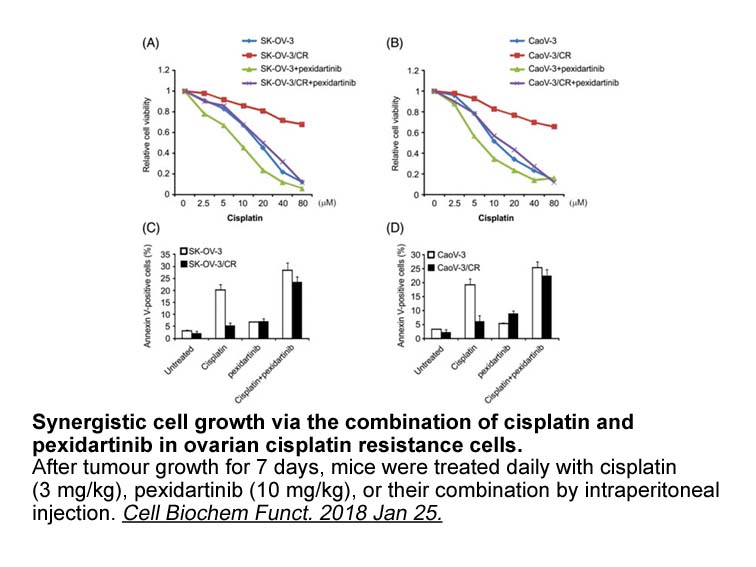
In this study, we examined whether zebrafish ionocytes might also share other types of similarity in transport function with kidney cells. In addition to ion transport, mammalian kidney rotenone also play key roles in xenobiotic elimination, through the action of ATP-Binding Cassette (ABC) transport
-
(±)-CPSI 1306 synthesis Fatty acids have been repeatedl
2022-06-16
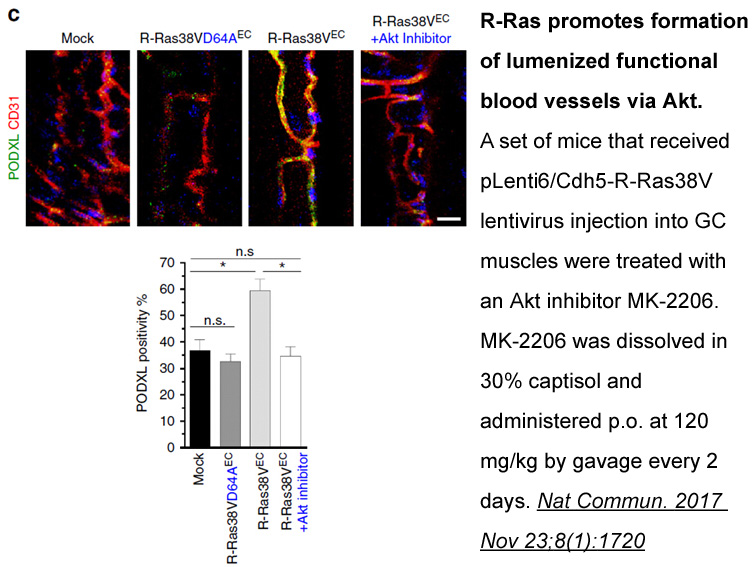
Fatty acids have been repeatedly shown to increase the responsiveness of pancreatic islets to glucose both in vitro and in vivo[6]. The recent identification of GPR40 as a receptor for free fatty acids that is localized to the pancreatic islet cells has therefore stimulated interest in obtaining sma
-
The dorsal horn of the spinal cord shows
2022-06-16
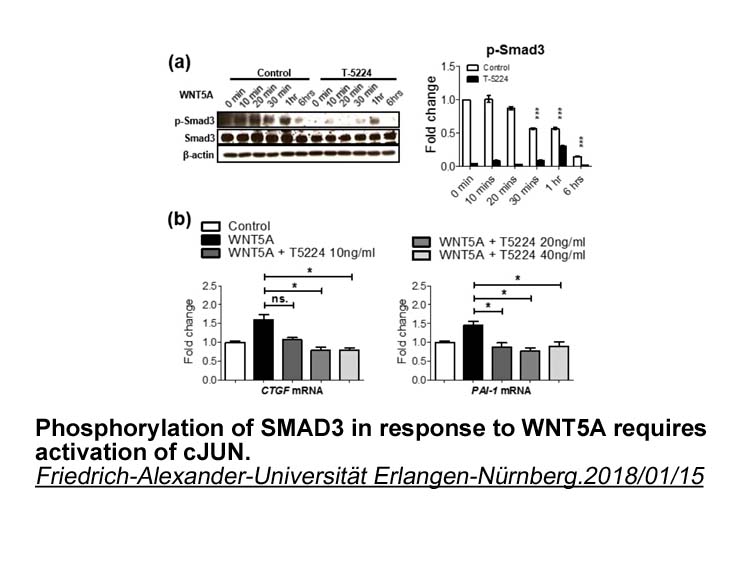
The dorsal horn of the spinal cord shows a high density of Ca2+-permeable AMPA receptors, particularly in the superficial spinal laminae (laminae I and II), where primary afferents carrying nociceptive and thermoreceptive inputs terminate and synapse on spinal second-order neurons (Engelman et al.,
-
br Conclusion In conclusion SHP was demonstrated
2022-06-16
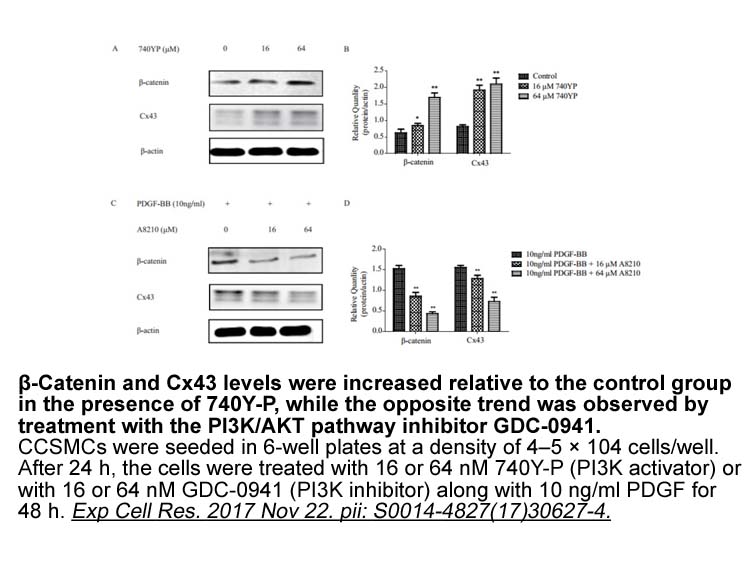
Conclusion In conclusion, SHP289-04 was demonstrated as a potent glucokinase activator. It could normalize the blood glucose level and lipid level in spontaneous type 2 diabetes model KKAy mice. At the same time, it ameliorated the function of islets and liver in KKAy mice. It had been proved to
-
Galanin a amino acid peptide was
2022-06-15
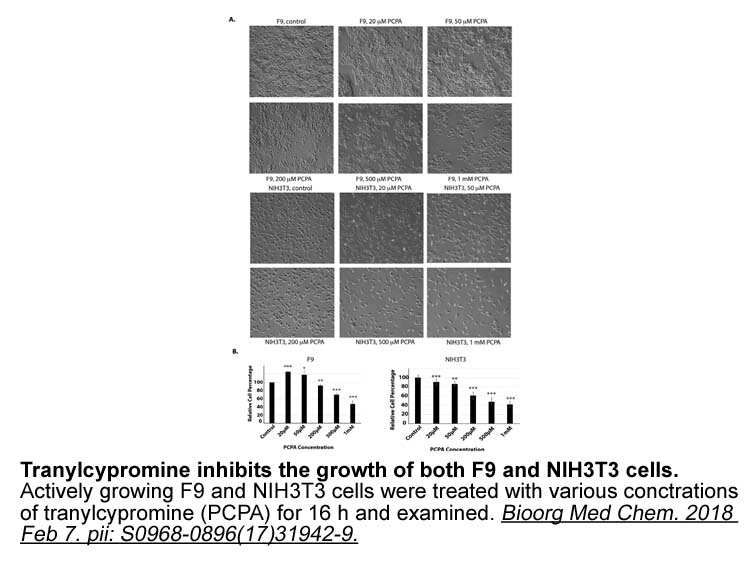
Galanin, a 29/30-amino-acid peptide, was first isolated in 1983 from porcine intestine by Tatemoto and collaborators [70]. It is widely distributed throughout the central and peripheral nervous systems as well as other tissues. It is involved in a wide range of physiological functions, such as modul
-
br Materials and methods br
2022-06-15
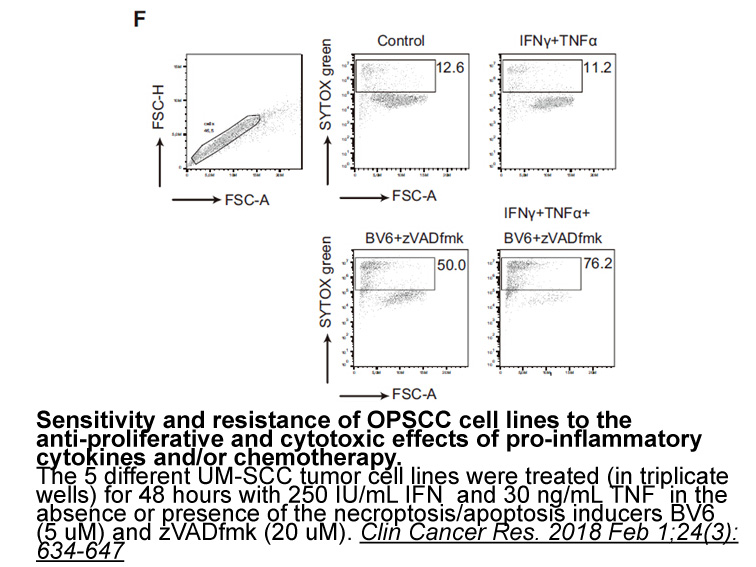
Materials and methods Acknowledgments We are grateful for financial support from the National Natural Science Foundation of China (Grants No. 81661148046 and 81773762, China) and the “Personalized Medicines—Molecular Signature-based Drug Discovery and Development”, Strategic Priority Research
-
epothilone receptor In terms of cytotoxicity studies
2022-06-15
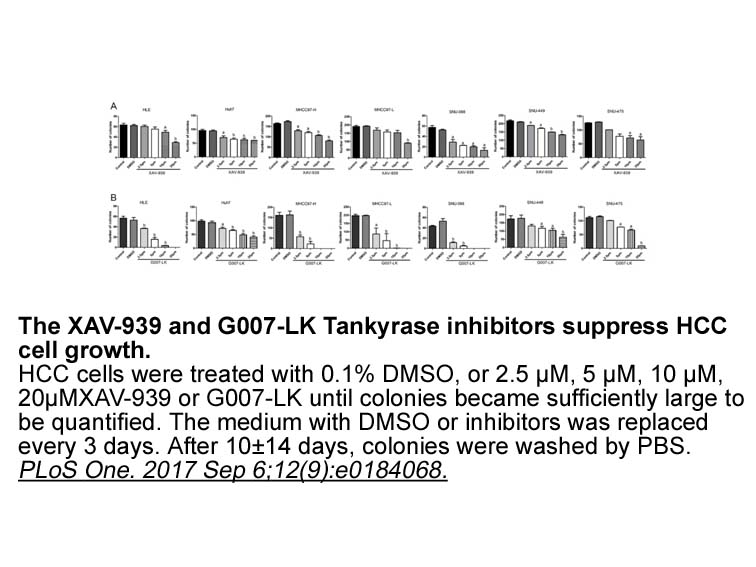
In terms of cytotoxicity studies under two-dimensional cell culture conditions, only two of the above-mentioned publications with liposomal formulations of tyrosine kinase inhibitors reported viability data as compared to respective free drugs. On the one hand, liposomal gefitinib exerted strongly r
-
Recently Bristol Myers Squibb and Merck
2022-06-15

Recently, Bristol-Myers Squibb and Merck reported their GPR40 agonist research focused on the modification of α,β-position of phenylpropionic Calcein AM derivatives. For example, in recent published patent applications, Bristol-Myers Squibb claimed the pyrrolidine and dihydropyrazole GPR40 agonists
-
Bufexamac Another TKI used in cancer therapy is the Abl
2022-06-15
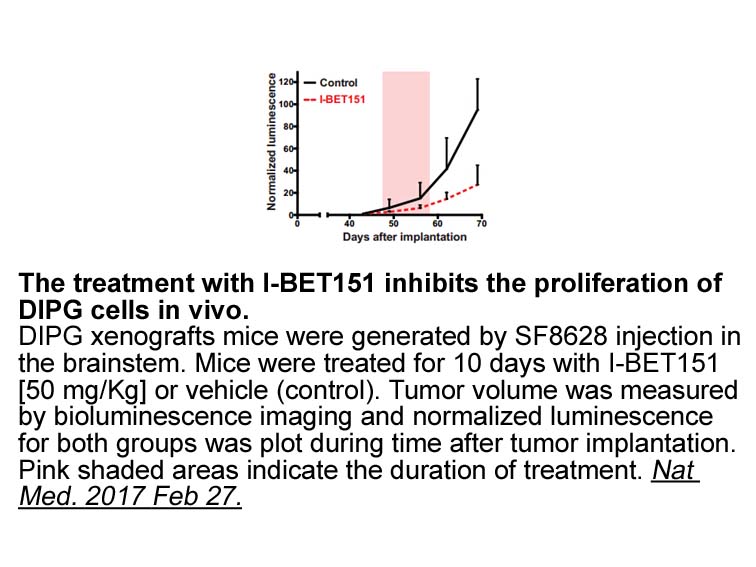
Another TKI used in cancer therapy is the Abl inhibitor imatinib mesilate which has also a beneficial effect on glucose homeostasis in diabetic humans [39], [40], [41]. Imatinib has a clear impact on NFκB activation and anti-apoptotic preconditioning of β-cells [39], attenuating islet inflammation [
-
The ETB receptor has been shown to decrease
2022-06-15
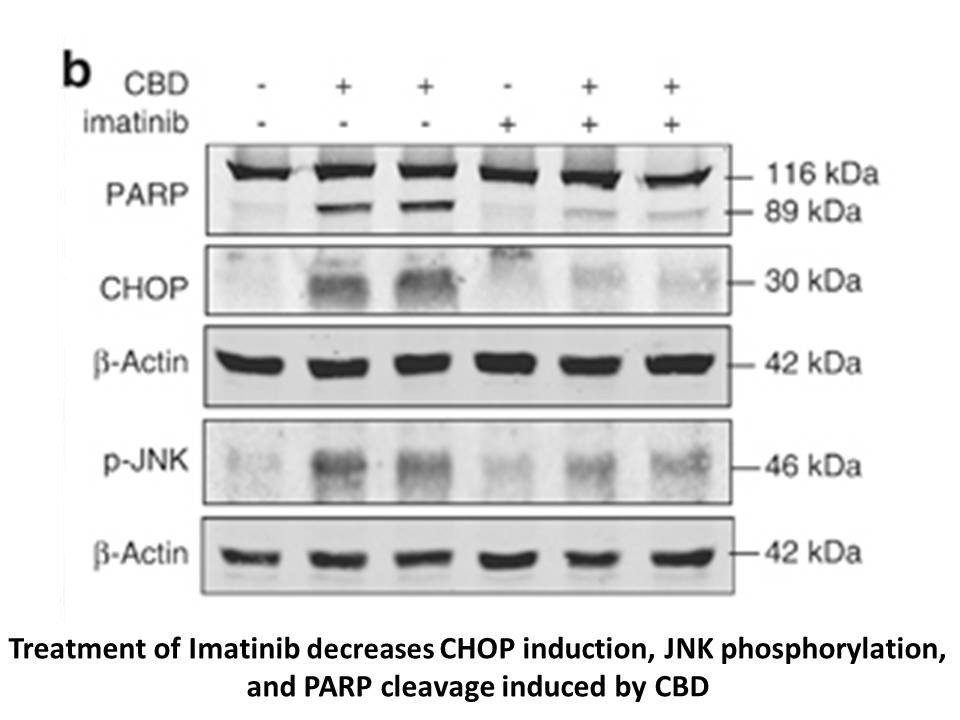
The ETB receptor has been shown to decrease sodium transport in the renal medullary collecting duct and medullary thick ascending limb of Henle10, 11, 12, 13, 18. However, both inhibitory and stimulatory effects of endothelin have been reported in the proximal tubule16, 47, 48, 49. In the rat, endot
-
br Results and discussion Computer modelling
2022-06-15
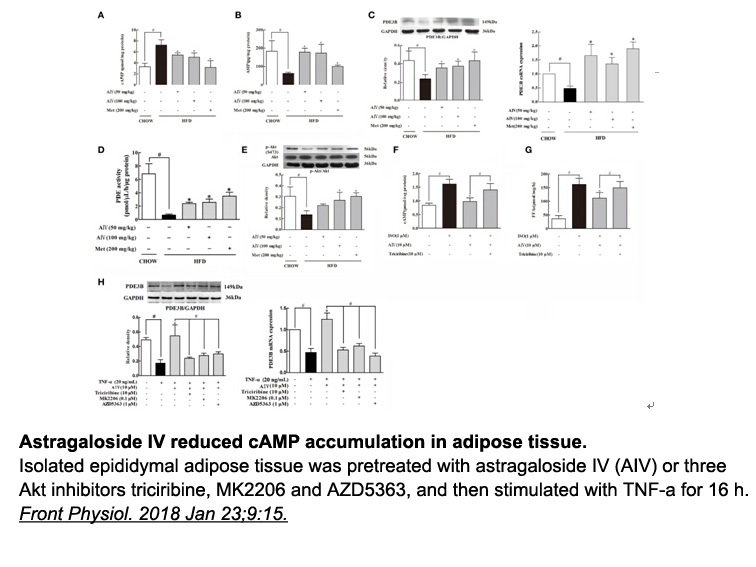
Results and discussion Computer modelling studies suggested that the endocyclic oxygens in furocoumarin derivatives, such as QS 11 3a (Fig. 1), could also coordinate metal ions in the HIV-1 IN enzyme active site and inhibit the integration of viral DNA. The coumarin moiety is found in various me
-
KDM D also known as JARID D or SMCY is
2022-06-15
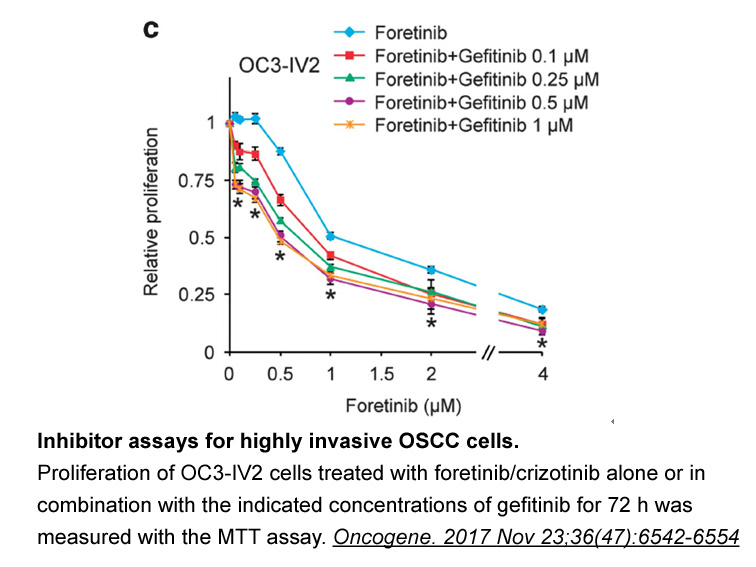
KDM5D (also known as JARID1D or SMCY) is encoded on the Y chromosome and until now it has been implicated in prostate cancer invasion and metastasis [42], spermatogenesis [43], and sex-specific tissue transplantation rejection [44]. KDM5D acts as a direct epigenetic modulator, and as one of the four
-
Mammals adapt to prolonged periods of
2022-06-15
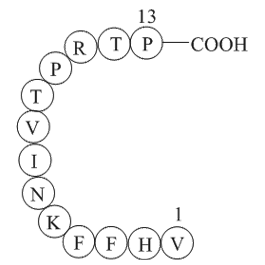
Mammals adapt to prolonged periods of food scarcity by releasing FFAs from adipose tissue and transforming them into energy-rich ketone bodies that are used as fuel by brain, muscle, and other organs (Kersten, 2014, Grabacka et al., 2016). Ketogenesis occurs primarily in hepatocytes, but its rate is
-
br Pharmacological anti aging approaches
2022-06-15
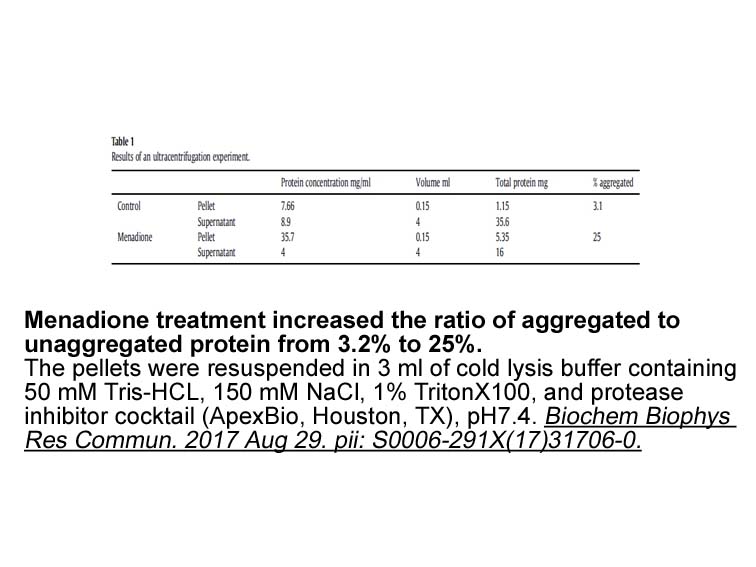
Pharmacological anti-aging approaches and the Hippo pathway Aging and age-related pathologies are the main causes of disabilities and death. As Magalhañes and colleagues suggest, the challenges of developing anti-aging pharmacological therapies may, in part, be due to the complexity of aging mole
-
In contrast the sGC activator BAY relaxed the CC
2022-06-15
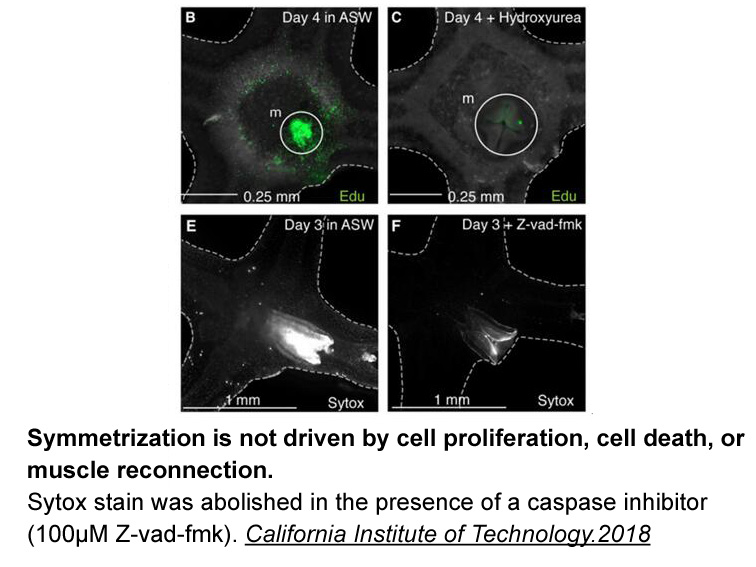
In contrast, the sGC activator BAY 58-2667 relaxed the CC in a concentration-dependent manner (Figure 4B), a response that was significantly increased in the CC of sGCβ1ki/ki mice compared with WT mice. The finding that BAY 58-2667 also possessed a corporal relaxing effect in WT mice is suggestive b
14213 records 394/948 page Previous Next First page 上5页 391392393394395 下5页 Last page